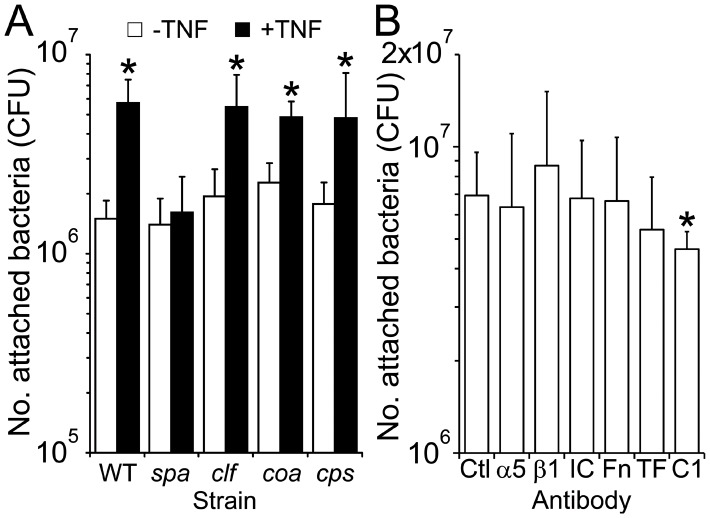Figure 3. Protein A mediates increased attachment to endothelial cells via a mechanism involving gC1qR/p33.
A selection of strains deficient in cell-surface proteins Protein A (spa), Clumping factor A (clf), Coagulase (coa)) or capsular polysaccharide (cps) were assessed for their ability to bind to either TNFα pre-treated or untreated endothelial cells (A). Attachment of S. aureus Newman to TNFΑ-treated cells in the absence (Ctl) or presence of various antibodies, including α5 (α5) and β1 (β1) integrin subunits, ICAM-1 (IC), Fibronectin (Fn), Tissue factor (TF) and gC1qR/p33 (C1) was also determined (B). Values indicate the mean average of 3 independent experiments performed in duplicate. Error bars represent the standard deviation of the mean. Values that are significantly different (p<0.05) from experiments where endothelial cells were incubated in the absence of TNFα (A) or antibodies (B) are indicated (*).

